Services
Addressing your business challenges with customer insights

Identifying the causes of lower-than expected adoption rates for a product or service, and exploring ways to improve or even revamp it
Is your company’s product or service facing stagnant growth, declining usage, or excessive customer service demands?
Are you at risk of losing market share?
With customer data on key interactions and frictions, your core challenge lies in prioritizing improvements to concentrate efforts on.

Making sure that a product or service will be successful with your target users before development and roll-out
Your company has already conceptualized a promising product or service.
Initial research indicates its business viability, aligning with Voice of Customer (VoC) data, AI analysis and other market insights.
However, before investing heavily in development and roll-out, it’s essential to verify assumptions about your potential user base, confirm market success potential, and identify and eliminate friction points for customers in target markets.

Enhancing business effectiveness through customer insight and analysis
Your company is looking to expand into new markets, extend existing ones, or transform its business model (e.g. from products to services).
Exploratory research is a crucial market strategy tool that provides deeper insights into customer behavior, preferences, and pain points, than is possible with traditional Voice of Customer (VoC) data and AI-based analysis.

Improving an existing product or service
Identifying the causes of lower-than expected adoption rates for a product or service, and exploring ways to improve or even revamp it
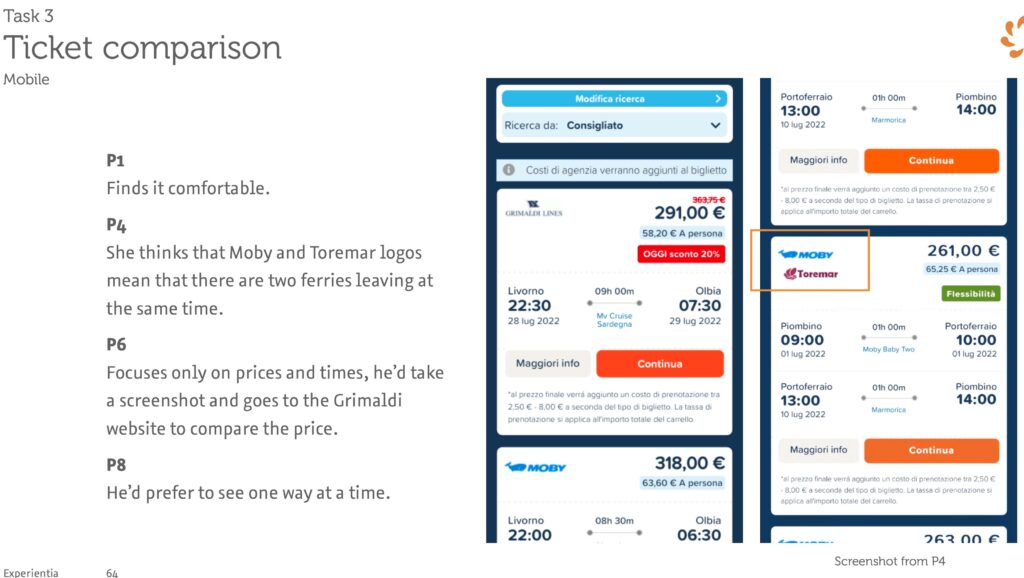
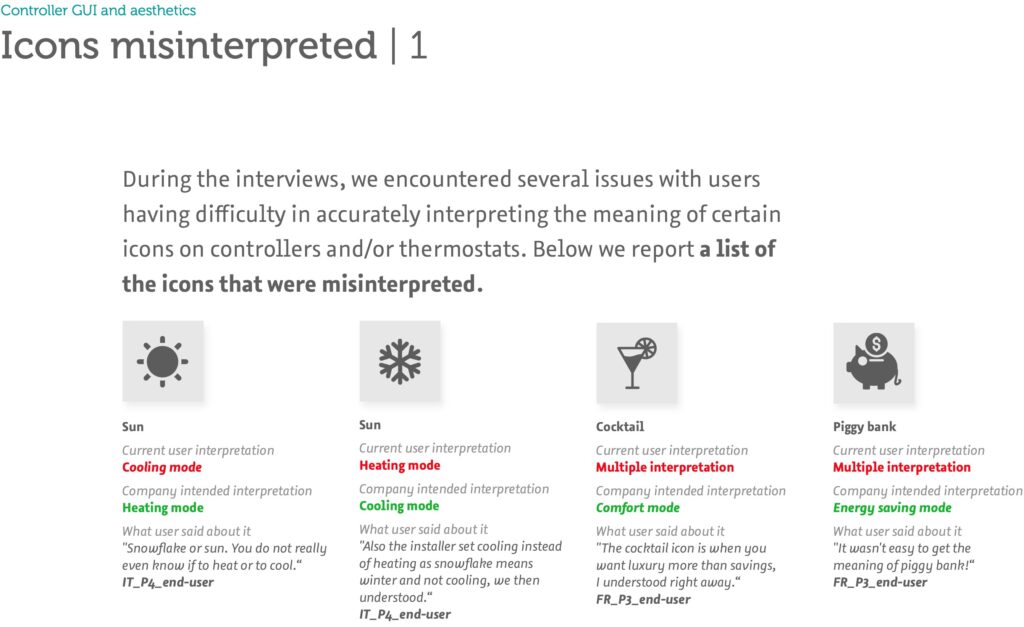
Methods
Usability walk-throughs
Observe users interacting with your product (and competitors’ products) as they perform specific tasks. Encourage them to vocalize their thoughts and experiences.
Structured interviews
Gather deeper insights into user needs, motivations, and pain points through targeted interview questions.
Analyze and prioritize
Evaluate potential improvements based on two key factors: ease of implementation and impact on user experience.
Product roadmap
Create a prioritized list of improvements, focusing on high-impact, easily implementable changes to guide product development and engineering.
Value
This approach will allow you to identify changes that are easy to implement and will have a significant impact on user experience, while avoiding costly efforts with limited returns.

Validating a product or service strategy
Making sure that a product or service will be successful with your target users before development and roll-out
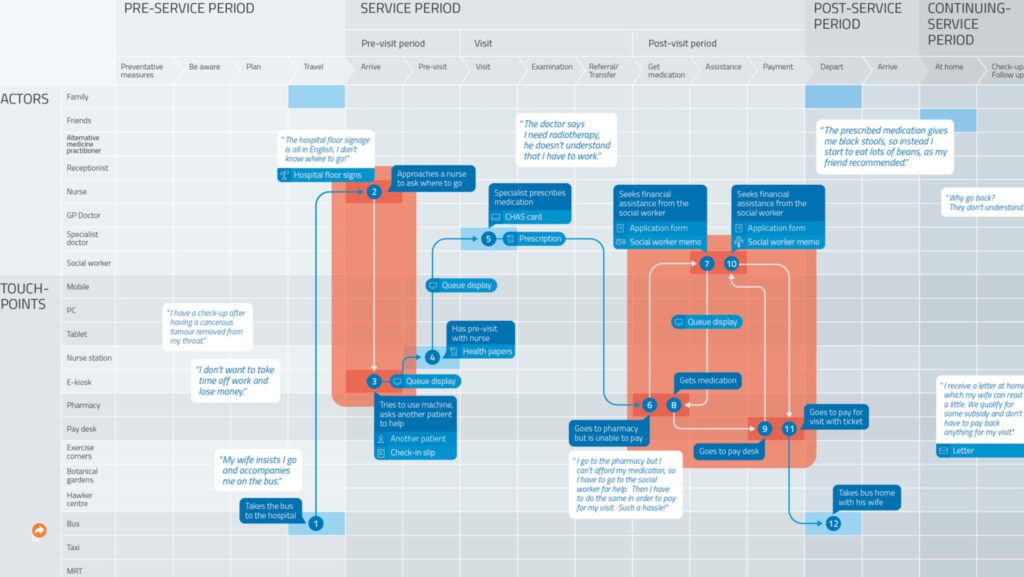
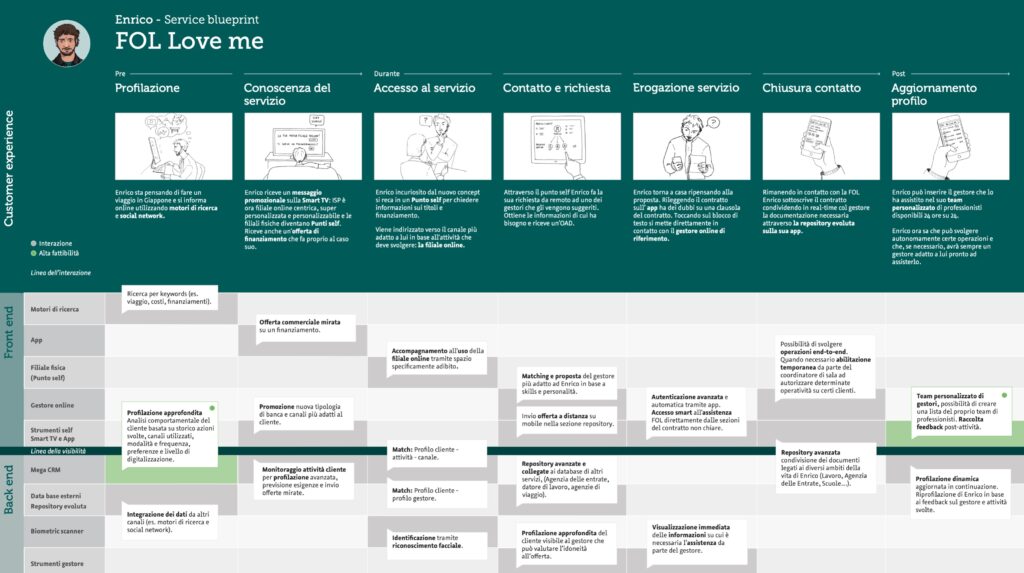
Methods
Expert (“heuristic”) evaluation
A human experience specialist critically assesses your product strategy, offering insights that may not be immediately apparent.
Surveys and questionnaires
Review customer data and to understand customer preferences and pain points. This can help you understand what potential users value most in a product.
A/B testing
Conduct A/B testing to compare different versions of a digital product feature to determine which performs better. This method helps in optimizing specific elements before full-scale launch.
Prototype or mock-up testing
Develop “make believe” low-fidelity prototypes of the future product or service and test these with users in their lived environment. This provides insights into how people interact with your offering in real-world scenarios, reveals whether the product addresses their needs effectively, and highlights any necessary adjustments.
Usability testing
Roll out your product features to a small group of users for feedback on usability and functionality. This helps identify any friction points that could hinder user experience.
Value
By thoroughly validating your product or service strategy with its user base, you significantly increase your chances of market success while minimizing the risk of costly missteps during development and launch phases.

Market strategy definition and validation
Enhancing business effectiveness through customer insight and analysis
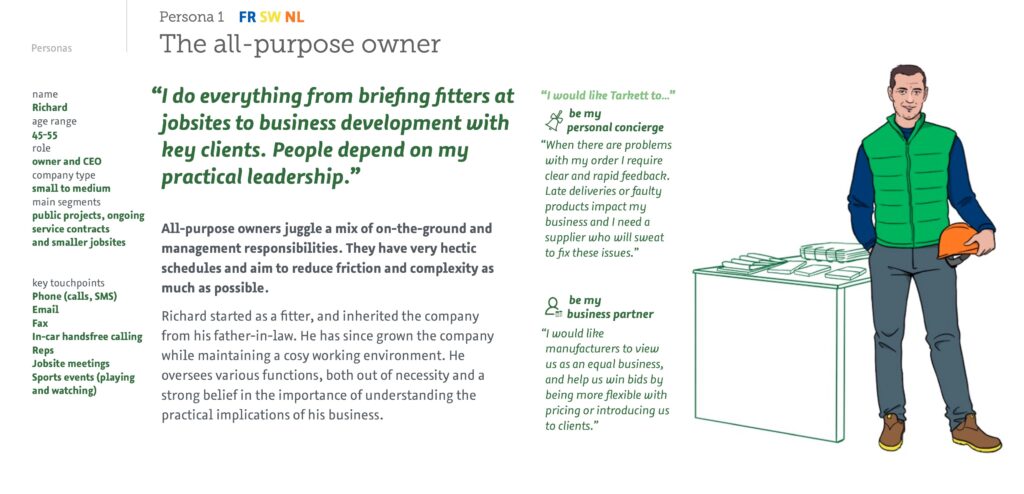
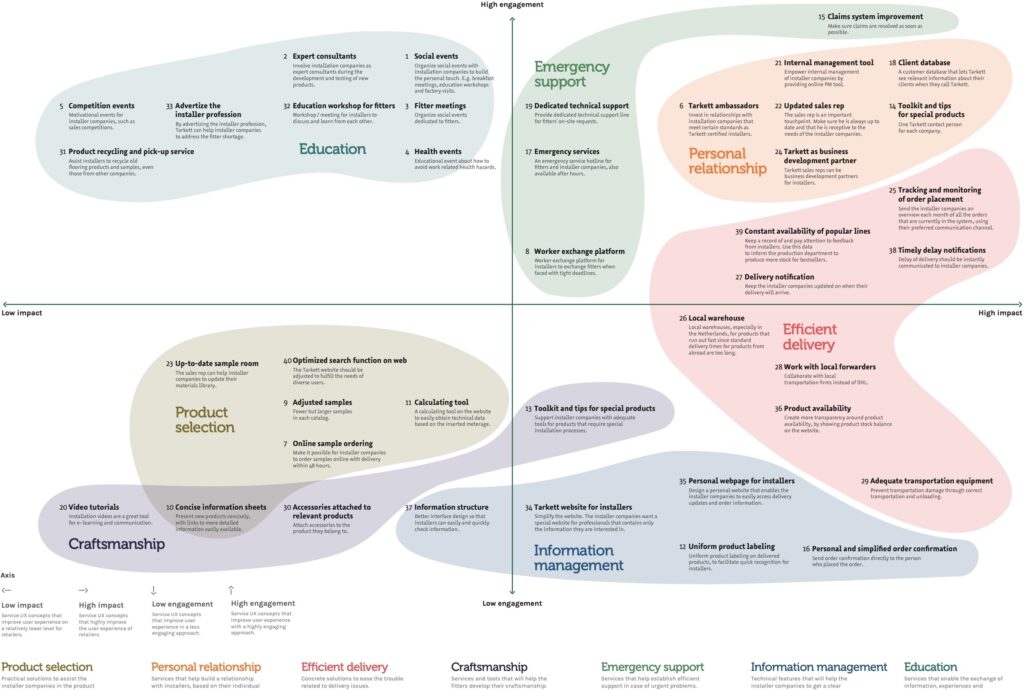
Methods
Analysis of customer data
Review customer data on:
- Current product/service usage
- Geographical and cultural differences in customer preferences
- Customer satisfaction levels
- Key decision-making factors
Qualitative in–context research
Perform in-depth interviews and observations in the customers’ natural environments to understand:
- Real-world interactions with products and services
- Pain-points and frictions in the customer journey
- Information sources for product/service selection
- Roles of intermediaries in the decision-making process
Expert interviews
Consult industry experts to gain insights on:
- Market trends and future predictions
- Technological advancements
- Regulatory considerations
Internal validation activities
Conduct workshops and sessions with internal stakeholders to:
- Refine customer behavior models
- Align research findings with company goals and capabilities
- Identify potential areas for innovation
Customer behavioral models
Develop detailed models such as customer journey maps that illustrate:
- The entire customer experience, including touchpoints, pain points and frictions throughout the customer lifecycle
- Decision making processes
- Interaction patterns with products/services
Future service concepts
Design and test prototypes of potential new offerings:
- Gather feedback on proposed solutions
- Iterate based on customer responses
Value
By combining these research methods companies gain a more comprehensive understanding of their target market and can make more informed decisions about market expansion or transformation.
This approach enables the development of innovative solutions that are tailored to customer needs. Such mixed research-driven solutions lead to more successful market entry, expansion, or business transformation.